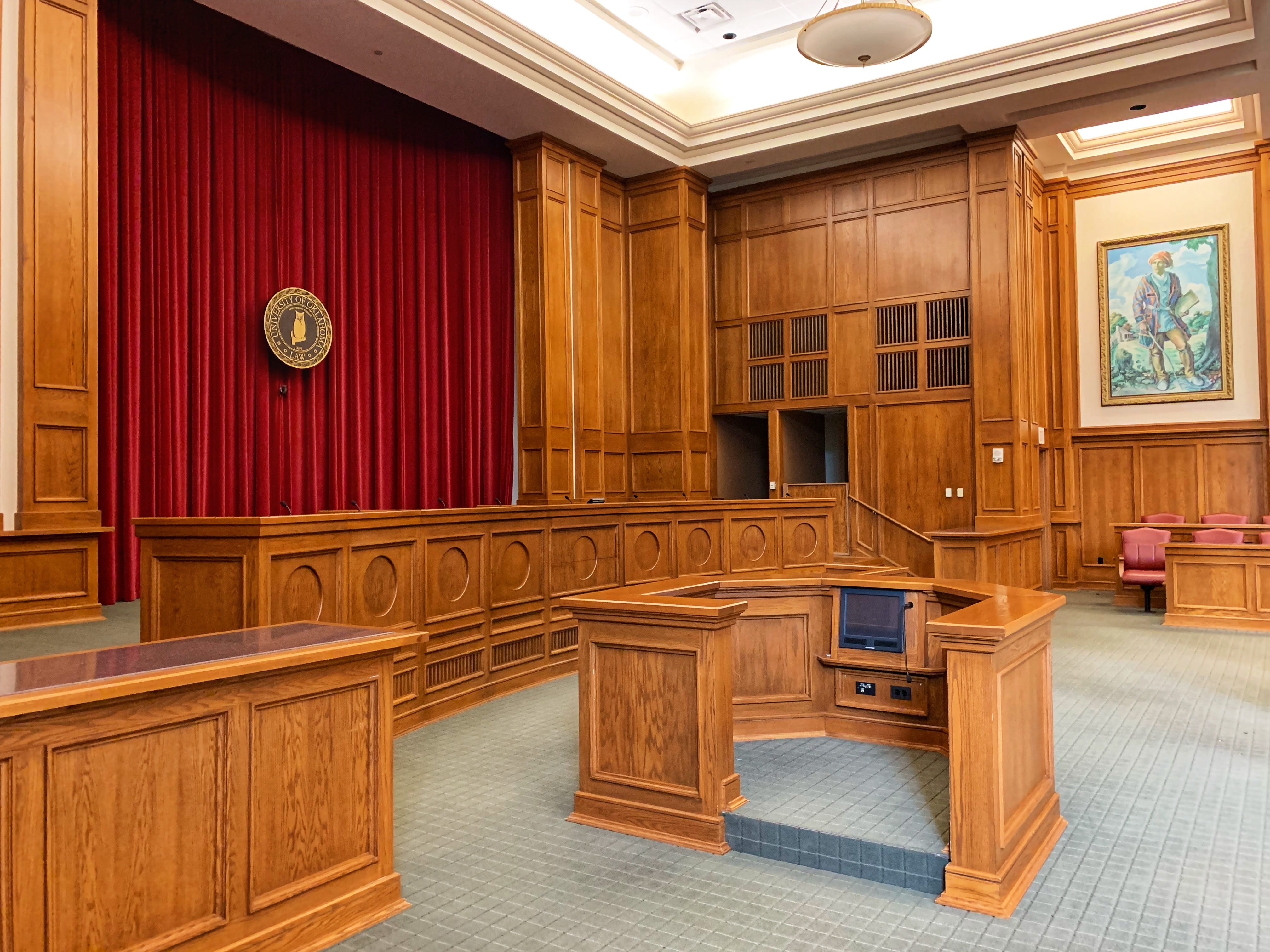My father would say, “Don’t let your lack of preparation be the opposition’s greatest weapon.”
Outside the federal court building, a puff of smoke wafts from under the creamy fedora. The lawyer next to me leans in, “Your dad is a bit of a legend around here. One of the last great general practitioners – tried over 350 cases to jury!” His old colleague goes on to remark on how “Joe” could dissect doctors, divorcees, police, and forensic experts with cunning expertise. With a father like that, it was easy to assume every cross-examination would be ruthless.
Despite the outward charming presence, the opposing counsel’s job is to unravel the very fabric of credibility in your client’s story. They may unravel the details by strategically deploying one carefully constructed question at a time or by hammering sharp, biting, staccato “isn’t it true,” questions. In either case, the client must be prepared to handle a myriad of tactics.
Some practitioners believe that the way to shore up anticipated problems in cross is to sit the client down, review prior statements, piles of records, and sort “good” facts from “bad”. Unfortunately, the barrage of factual information can easily become jumbled for a client. They become preoccupied, confused, and worried over what the lawyer wants them to remember, what they think is important, and any details that may come out sideways. When preparing witnesses for trial in my own cases or as a consultant, clients always say the same thing, “I’m afraid I’m going to say something that will hurt the case.”
Packing a witness full of “do’s” and “don’ts” only compounds this worry. Lawyers can’t prepare clients for testimony as if it’s 11th-hour “cram” time and hope all ends well. Hope is not a strategy. Instead, the following may offer a few practical tips to getting ready for the ruthless cross:
- START EARLY – Effective preparation means starting weeks or months ahead of time. Clients often have emotional blockages that leave them feeling vulnerable or, if untapped, can erupt explosively during an aggressive cross. Defensiveness and anger are common (even if understandable) responses, but both of those make clients look like they are trying to hide something. Since many cases turn on matters of credibility, that’s an enormous risk to the case. Learning how to unpack the client, manage their emotional and psychological state, and giving them tools to navigate their testimony takes time and practice. Waiting until the last minute is a disservice to the client and the case and effectively becomes the greatest weapon in the opposition’s arsenal.
- WELCOME THE OTHER SIDE – Prepare the client for the anticipated attacks. This is where most lawyers push back, “Well, how can we possibly know what the other side is going to ask?” “Easy,” I say, “plan for everything.” Take the time to distill the opposition case to its essence. Every lawyer starts out saying, “Let me tell you my case”. No! Tell me about the other side. “What are they saying, exactly?” How can we simplify this so the client understands what they are saying? Once the client understands the narrative the other side is trying to construct over the facts they are comfortable when to set a boundary when a ruthless lawyer begins to take liberties.
- OWN IT – Remember what it means to “draw the sting”. If the client has a felony or was on drugs, whatever the bad facts may be, it is best to prepare as though the information is coming in at trial. Help the client understand there is no need to resist or argue. If it’s true, then own it. Otherwise, they look defensive. They end up doing a lot of explaining and any good trial lawyer will tell you – you’re losing any time you’re explaining.

Elderly woman with hands folded in her lap; image by Cristian Newman, via Unsplash.com.
In a recent trial, the defense painstakingly drew out each place my client signed a “release” of liability. Each time, the client peered at the signature, confirmed “yes” she signed it. The lawyer was looking to draw testimony that was more argumentative, like, “Well I didn’t read that!” or “I didn’t understand this” etc., but he nonetheless appeared pleased with his one-sided performance as she continued to acknowledge her signature. That is until redirect, when I asked, “Ma’am, do you remember a few minutes back, you asked to explain, and Mr. Defense lawyer said that wasn’t necessary, please go ahead and tell us what you intended to clarify”. In her sweetest grandma voice, she says, “Well, I’m not a lawyer, but that release doesn’t say anything about letting them commit fraud.” The client owned her actions and ultimately to the fact that it might play into her possible contributory negligence, but owning her mistakes afforded a high degree of credibility.
- RELEASE THEM FROM PERFECTION – Agree with the client that they are going to get a few things wrong and some things they may say may possibly hurt the case. But, assure them that most of those aren’t going to matter (like dates or measurements) and you can handle the rest. Let them know there are good ways to deal with bad facts and it’s not their job to treat every answer like it’s Bruce Lee one-inch punch time. Let them know if that if confronted with a record that shows a contradiction that it is okay to politely disagree with the document and simply say, “I recall it differently” or even, “I guess I’m mistaken”. They win no points getting into a verbal-judo match and splitting hairs trying to make their answer “fit” when there is evidence is contrary to their memory.
- SURRENDER THE SKIRMISH – Help the client understand that testimony unfolds. They don’t have to “win” every answer. They also don’t need to tell their entire story all at once. If they are patient and don’t become argumentative, there are good ways to deal with bad facts. In the example above, my client knew that I would give her the opportunity to bring up the fraud on redirect. She knew and understood the process, sequence, and timing of testimony, so even while the defense lawyer believed himself to be scoring a few “wins” they ultimately collapsed because she maintained composure, gave him what he was seeking, and in the end, knew that I would afford her the chance to give, “the rest of the story”.
- WORK WITH IMAGES – Most people store memories as images and pictures in the mind. Helping the witness retrieve images is enormously helpful and persuasive and causes them to testify more consistently. It takes practice for the witness to develop the habit of retrieving images but is an important skill for weathering a strong cross.
My father would say, “Don’t let your lack of preparation be the opposition’s greatest weapon.” These preparation and practice tips can be keys to allowing the client to feel prepared and, like the proven “seaworthy” ship, ready for battle.


Join the conversation!